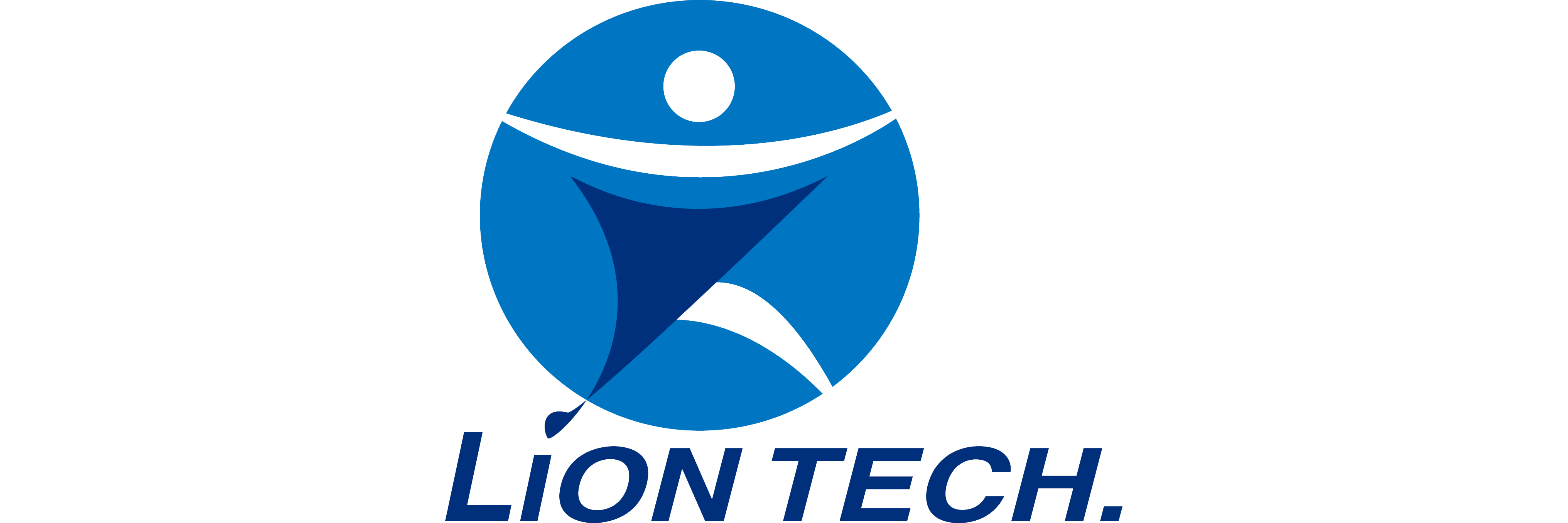1. Does injection molded product manufacturers directly export to the EU have anything to do with REACH? In this regard, it is necessary to consider notification of substances of very high concern, control of restricted substances in products, information transmission within the supply chain, etc. 2. Are polyethylene films, direct exporters related to REACH? Same as above 3. Who should be informed? Notify to the European Chemicals Agency, ECHA. 4. What if I make a mistake in judgment? Misjudgment will bring huge losses to the company. For example, products cannot enter the EU and are subject to huge fines by EU member states. You may consider asking professional organizations to assist you. 5. Assuming that substances of very high concern are detected after testing, should EU customers be required to report it and when? When a substance of very high concern is detected and the following four conditions are met, ECHA needs to be notified: 6. If registration is not required, what do we need to do? ? If you need to consider risks such as notification of substances of very high concern, control of restricted substances in products, information transmission within the supply chain, supply chain interruption, etc., to carry out these tasks, you need to know the ingredients, ask suppliers to provide or third-party testing, and customers You may be asked to provide it later. 7. What does the exporter of electronic items, not intentionally released, need to do if the manufacturing ingredients are on the list but not directly to the EU? Risks such as notification of substances of very high concern, control of restricted substances in products, information transfer within the supply chain, and supply chain interruptions need to be considered. 8. What if it is in the authorization list? Depending on the product type, supply chain level, role within the supply chain, customer requirements, etc., you may need to consider applying for authorization,
